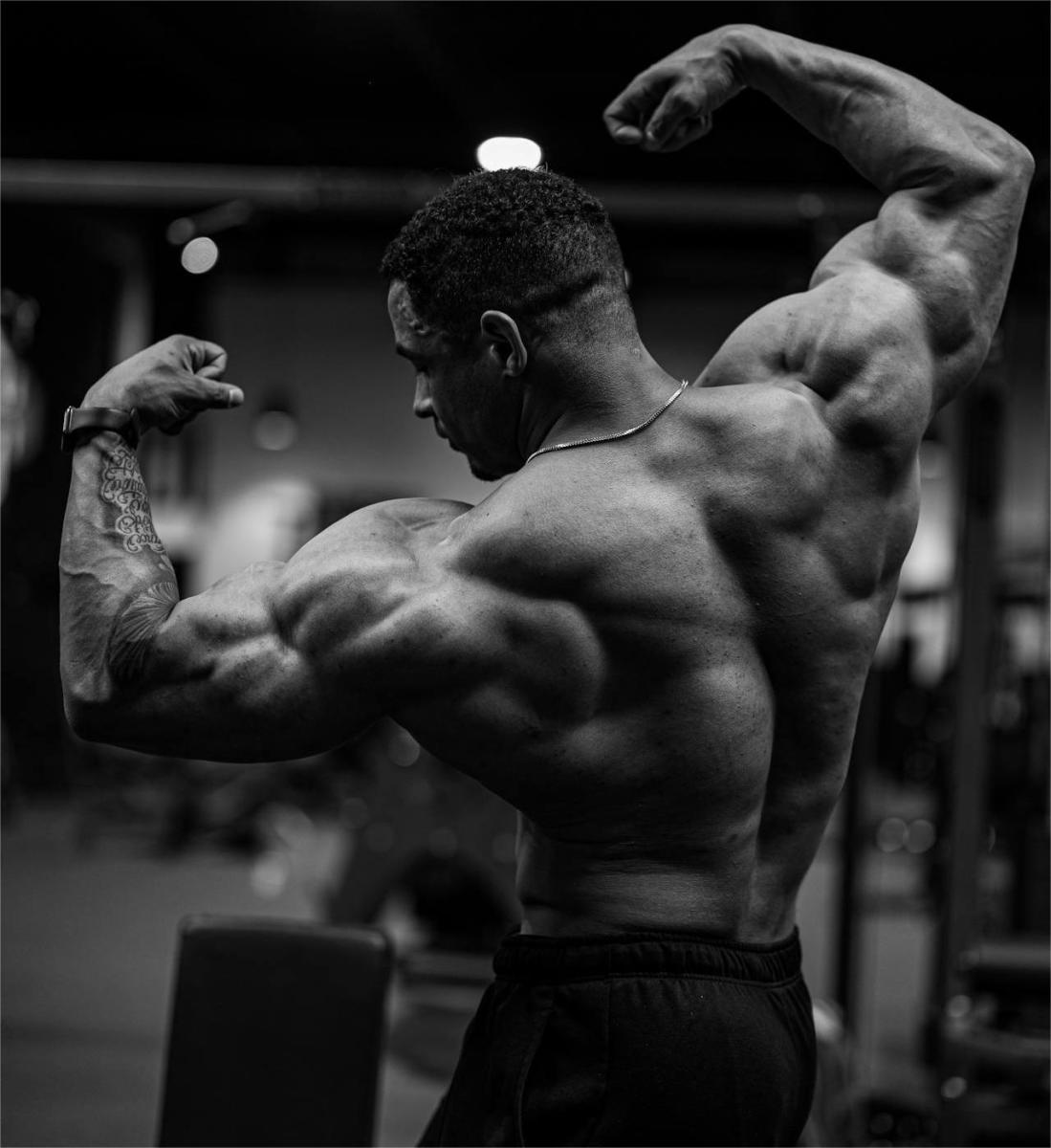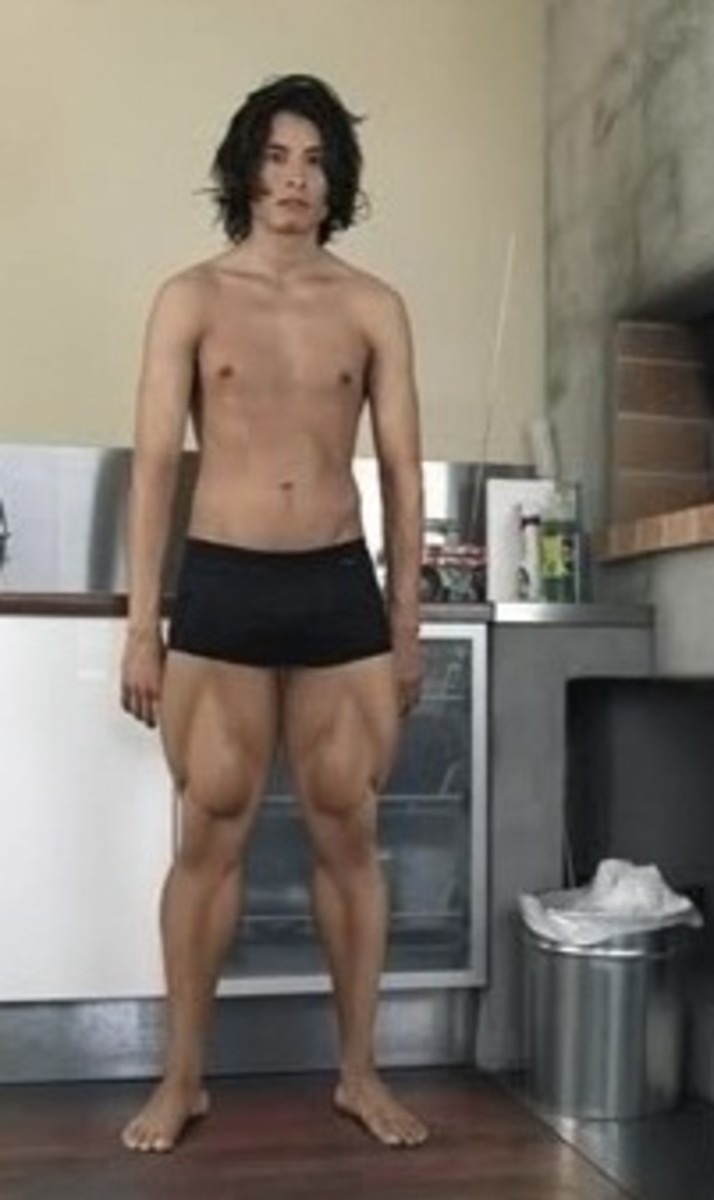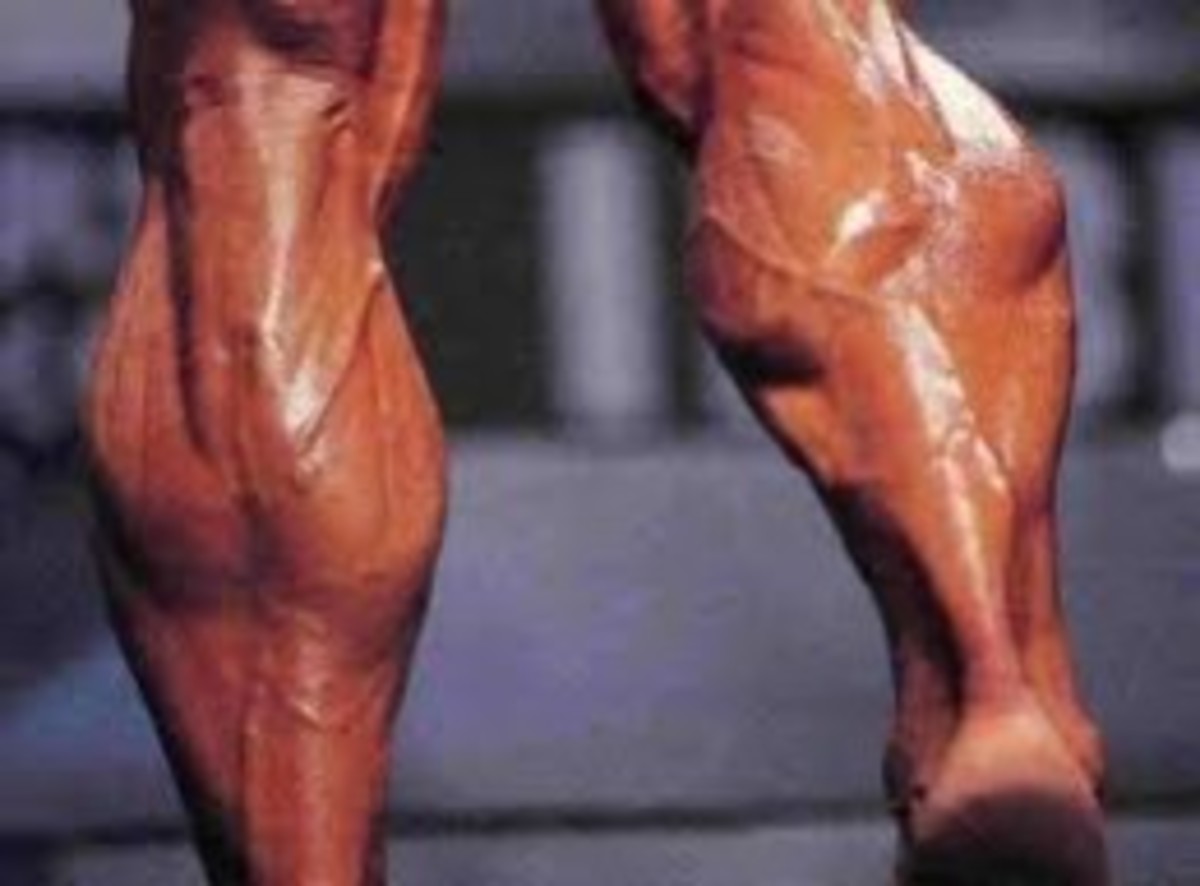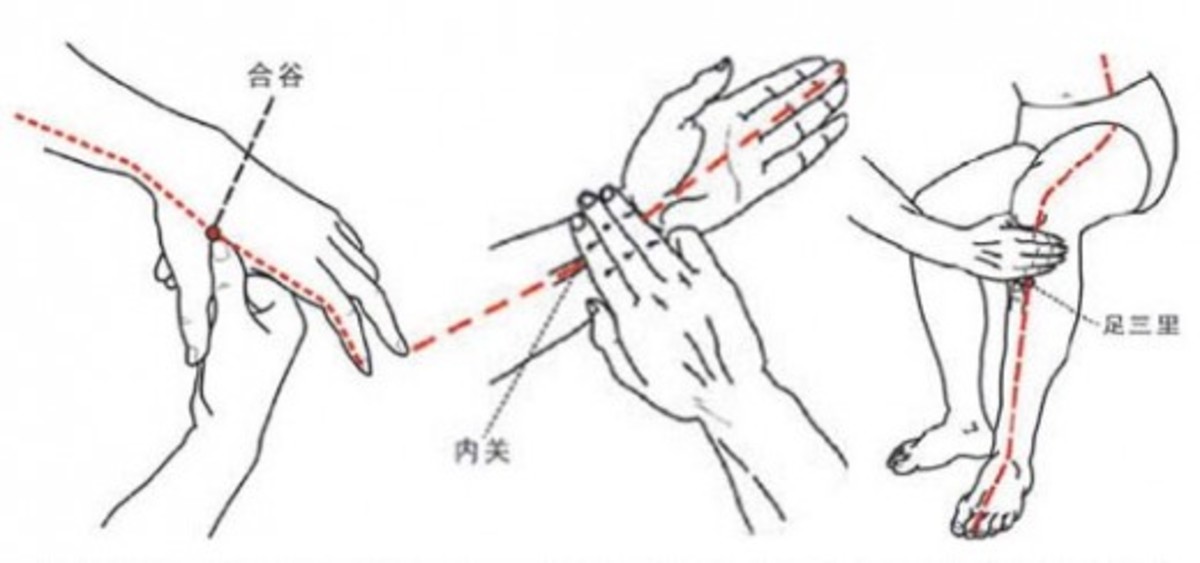Overcome Muscle Imbalance Compensations In Physical Training
Pivoting wooden rod
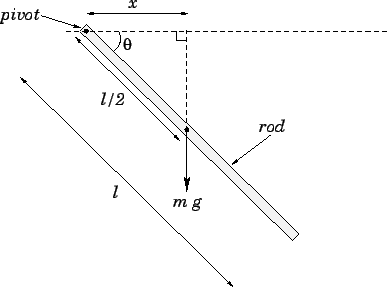
What is a Muscle Imbalance?
Muscle imbalance is a deviation of the actual relative activity levels from the optimal relative activity levels of the involved muscles, causing compensations, inhibition of muscles and inefficiency in movements. Depending on the severity, a muscle imbalance can spread and cause more imbalances, increase injury risks, cause poor posture and contribute to chronic pain. It is common for everyone to have some form of muscle imbalance, though not everyone have to be concerned about it if they do not cause major issues.
To illustrate a muscle imbalance simplistically, imagine a rod being pivoted on one end with two strings attached to the rod on the other end. The strings' tension are pulling the rod to pivot in opposite directions. Both strings need to have certain tension in them to stabilize the rod either when stationary or when pivoting in either direction, in different positions and speeds, depending on the rod's weight, center of gravity, position and properties of the pivot. If either string does not have the ability to withstand certain amount of tension, the rod would be unstable under certain circumstances. That would lead to jerky and inefficient movements of the rod as well as wear and tear on the the rod, pivot and the strings.
The rod in the previous paragraph can be someone's limb while the two strings can be two different muscles attached to the limb that facilitate movements of the limb. A muscle imbalance would lead to inefficient movements of the limb, instability of the joints and greater risks of injury. To minimize these, it is important to strengthen both muscles to enable them to take more tension and also to be optimally activated relatively to one another in order not for one to be overly tensed up compared to the other.
Impact on Physical Training
Faulty movement patterns and compensations commonly show up among people with muscle imbalances regardless of how well-trained they are or whether they have past injuries. While extreme cases of having a structural issue like long-short limbs and injured discs maybe hard to overcome in the context of physical training, the muscle imbalances resulting from the structural issues as well as inhibition of diaphragm and mis-adjustments to body's sensors can be addressed.
Muscle imbalance compensations can occur anywhere in the body, including:
1. Lower body
2. Upper body
3. Spine
Overcome Lower Body Muscle Imbalance Compensations
From the lower body, imbalances can occur at the hips, knees and shins. The resulting compensations show up in lower body (compound) movements.
At the hips, the imbalances can occur at the abductors, extensors, flexors and in the manner of multi-directions.
At the abductors, compensations can be overcome by pushing knees out in direction of toes when knee movements are involved.
At the extensors, compensations can be overcome by sticking butt back when lowering, standing tall and squeezing bum at top when lifting for lower body compound movements.
At the flexors, compensations can be overcome by lifting leg & drawing a line instead of an arc for step ups and lunges.
In the manner of multi-directions, compensations can be overcome by pushing knees out from top position before lowering for lower body compound movements.
At the knees, the imbalances can occur in the manners of lateral vs medial and posterior vs anterior.
In the manner of lateral vs medial, compensations can be overcome by pushing knees out to go deeper for lower body compound movements.
In the manner of posterior vs anterior, compensations can be overcome by allowing knees past toes line when lowering, pushing through mid foot when lifting & maintaining upright torso for both lowering and lifting for lower body compound movements.
At the shins, the imbalances can occur in the manner of ankle pronation vs supination, at the plantar flexors and in the manner of tibial external vs internal rotation.
In the manner of ankle pronation vs supination, compensations can be overcome by embracing the foot arch.
At the plantar flexors, compensations can be overcome by shifting weight onto heels, standing tall squeeze bum at top when lifting.
In the manner of tibial external vs internal rotation, compensations can be overcome by pointing foot inwards and knees outwards while standing.
Lower body muscle imbalances
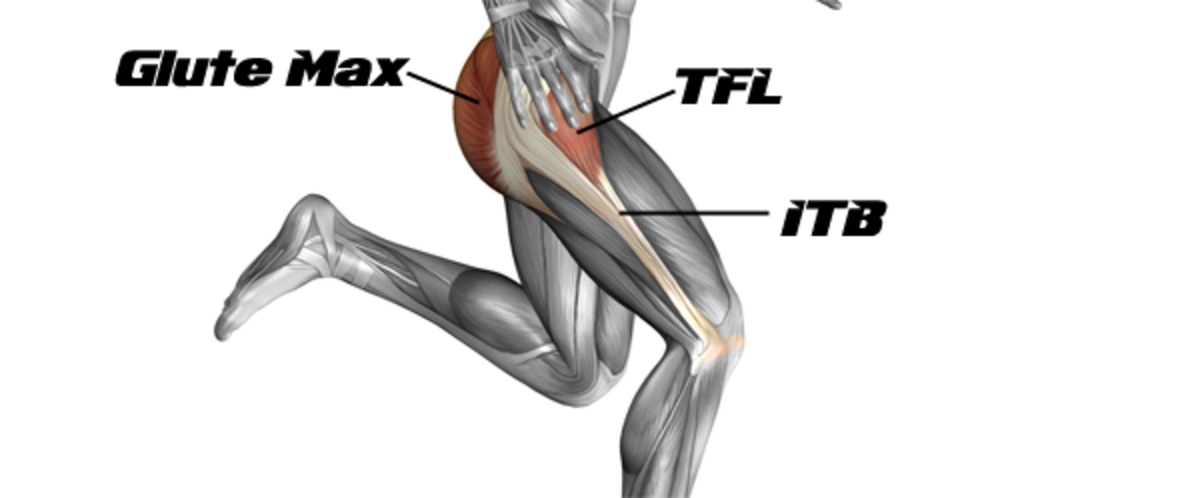
Overcome Upper Body Muscle Imbalance Compensations
From the upper body, imbalances can occur at the shoulders and elbows. The resulting compensations show up in upper body (compound) movements.
At the shoulders, the imbalances can occur in the manners of elevation vs depression, downward vs upward rotation, external vs internal rotation and global vs local.
In the manner of elevation vs depression, compensations can be overcome by raising chest bone high and pulling shoulders away from ears.
In the manner of downward vs upward rotation, compensations can be overcome by raising chest bone high.
In the manner of external vs internal rotation, compensations can be overcome by bending the bar inwards.
In the manner of global vs local, compensations can be overcome by raising chest bone high, bend the bar inwards, use shoulder blades instead of arms to maintain chest out position.
At the elbows, the imbalances can occur in the manner of pronation vs supination and at the flexors.
In the manner of pronation vs supination, compensations can be overcome by griping tight with pinkies & ring fingers.
At the flexors, compensations can be overcome by keeping elbows still and avoiding them from flaring.
Upper body muscle imbalances
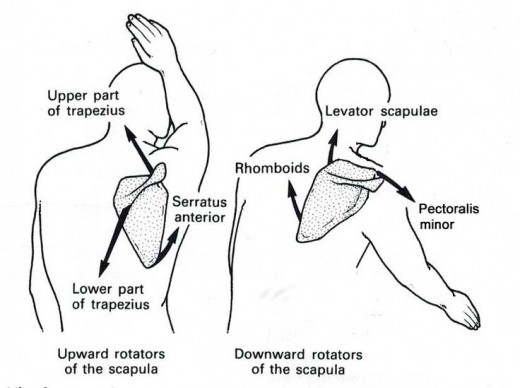
Overcome Spine Muscle Imbalance Compensations
From the spine, imbalances can occur at the low back and neck. The resulting compensations show up in all (compound) movements.
At the low back, imbalances can occur in the manners of anterior pelvic tilt and posterior pelvic tilt.
In the manner of anterior pelvic tilt, compensations can be overcome by keeping abs tight for compound exercises, engaging ground with feet for lower body compound exercises.
In the manner of posterior pelvic tilt, compensations can be overcome by pushing knee and butt out, especially lower body compound exercises.
At the neck, imbalances can occur in the manners of forward chin and head tilt/turn.
In the manner of forward chin, compensations can be overcome by having chin tucked and chest bone high, especially for upper body compound exercises.
In the manner of head tilt/turn, compensations can be overcome by focusing with both eyes to maintain neck alignment, especially upper body compound exercises.
Conclusion
To conclude, many compensations in physical training and lifting can be overcome practically by implementing the tips given above for muscle imbalances. Though it will not be easy, it is definitely worth the time and effort due to the benefits!
Which of the above tips do you find the most helpful? Share with me in the comments section below!
Pain relief by Overcoming Muscle Imbalance Compensations In Physical Training
I do work closely with individuals to relief chronic and recurring pain by overcoming muscle imbalance compensations in physical training as part of a holistic pain solution illustrated in my other article "Permanent Relief From Recurring Pain".
Apart from that, I also work on managing muscle imbalances and overcoming physical training compensations, illustrated in my other articles "A Deeper Look Into Muscle Imbalances" and "Guide to Overcome Weight Training Compensations".
Contact me for more information if you are looking to overcome muscle imbalance compensations in physical training, weight training compensations or ongoing pain!
© 2020 Bing Xi

